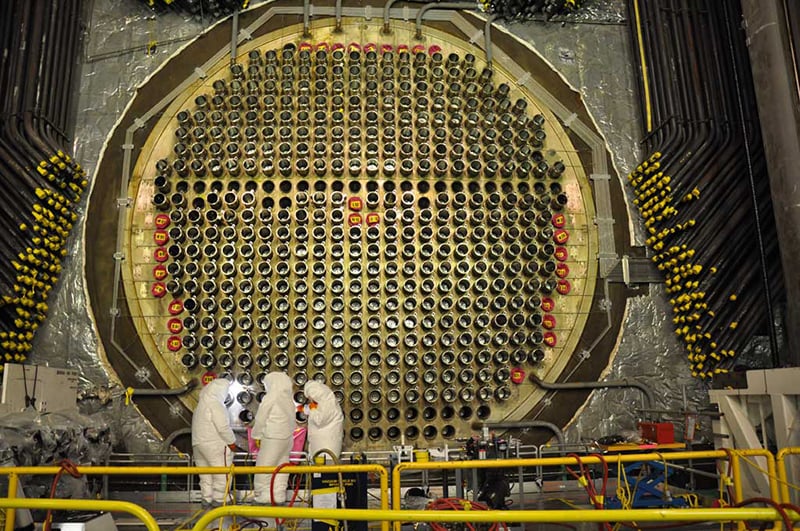
History
The untold story of the Hudson’s Bay Company
A look back at the early years of the 350-year-old institution that once claimed a vast portion of the globe
- 4473 words
- 18 minutes
This article is over 5 years old and may contain outdated information.
Science & Tech

Canada is known for its vast expanses of boreal forest, cold weather, free healthcare and increasingly, the oilsands. Though many don’t associate the country with major advancements in atomic energy, Canada has produced 47 CANDU nuclear reactors, with 34 of these are operating internationally.
CANDU, short for Canada Deuterium Uranium, is a nuclear reactor that uses heavy water as a moderator and coolant and natural uranium as a fuel source. The development of the first CANDU reactor began in 1954 through a partnership between Atomic Energy of Canada Ltd., Ontario Hydro and the Canadian General Electric Company. In 1968, the first full-scale nuclear generating station began operation in Kincardine, Ont. Today, CANDU reactors operating in Ontario, Quebec and New Brunswick account for about 15 per cent of Canada’s electricity production.
At its most basic level, a nuclear power plant is similar to a coal-fired electric power plant — a fuel source is used to heat up water to create steam to spin a turbine to generate electricity. However, unlike coal, uranium is not burned to produce heat. Instead a process called nuclear fission, which occurs inside a nuclear reactor, splits uranium atoms using a moderator, such as water.
There are many reasons why the CANDU reactor is special, including its efficient use of uranium — it uses 15 per cent less than a regular pressurized water reactor. The use of heavy water, or deuterium oxide, makes the CANDU capable of using natural uranium as a fuel source, which requires less processing and is a cheaper fuel source. Heavy water can also be easily produced and reused, and a CANDU reactor has a long life expectancy.
Romania, South Korea, Argentina and China were among the first to licence CANDU reactors outside of Canada in the 1980s and 1990s. Today, there are also reactors in India and Pakistan.
Wondering where the CANDU reactors are located? View this map of locations around the world.
• In 1987, the CANDU reactor was listed as one of Canada’s top ten engineering achievements of the previous 100 years, along with the CN Tower and the Alouette satellite.
• The Pickering B Unit 7 reactor owned by Ontario Power Generation holds the world record for the longest, non-stop operation at 894 days.
• CANDU reactors are exceptionally safe: the safety systems are independent from the rest of the generating station and each safety component has three backups.
Are you passionate about Canadian geography?
You can support Canadian Geographic in 3 ways:

History
A look back at the early years of the 350-year-old institution that once claimed a vast portion of the globe

Exploration
The men and women that have become part of Canada’s space team

Science & Tech
Courage and Passion: Canadian Women in the Natural Sciences aims to inspire young women to pursue careers in science

History
An unabridged Q&A about historic significance, benefits to the north and what the future holds